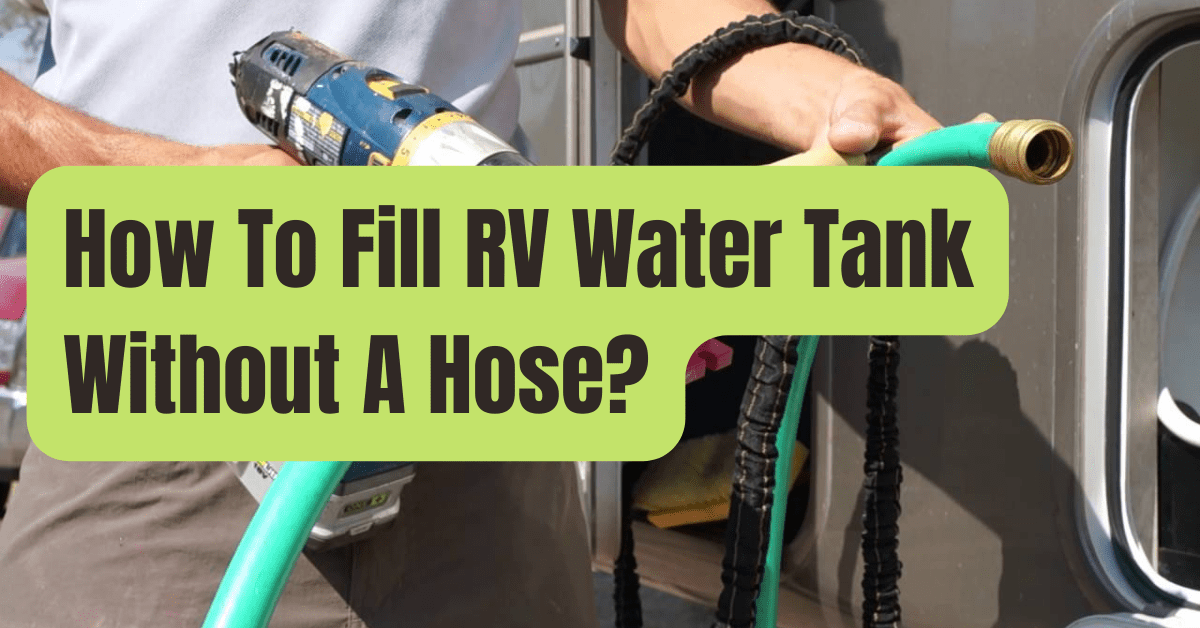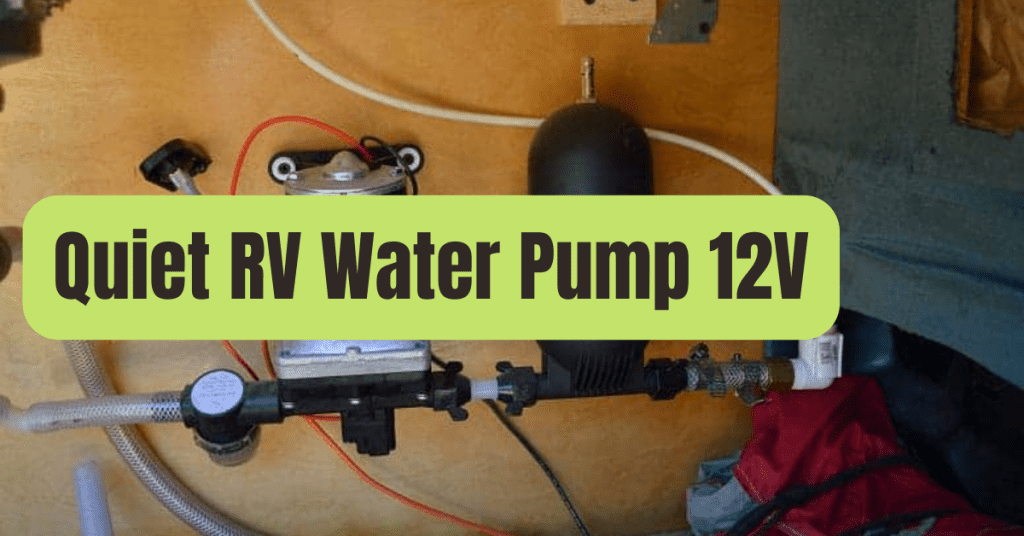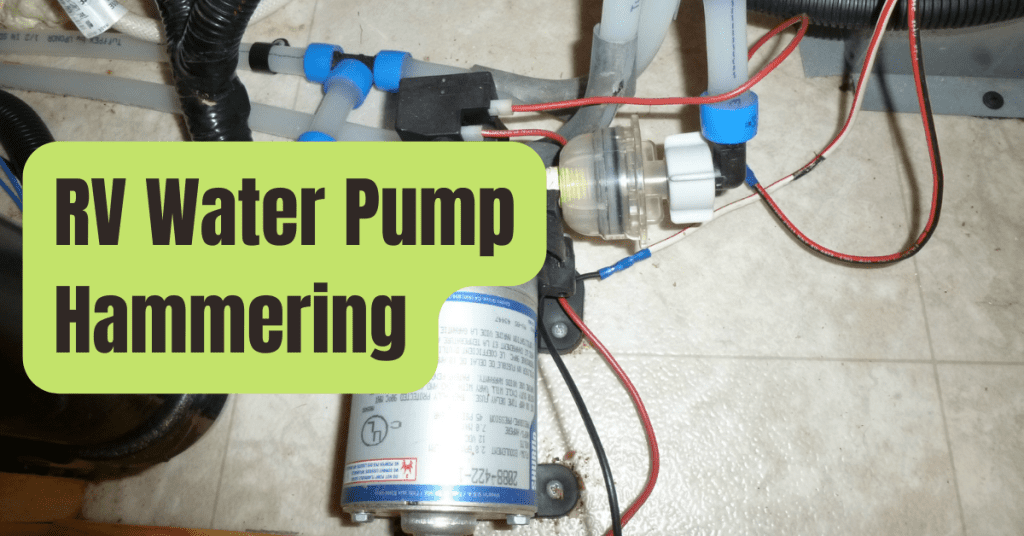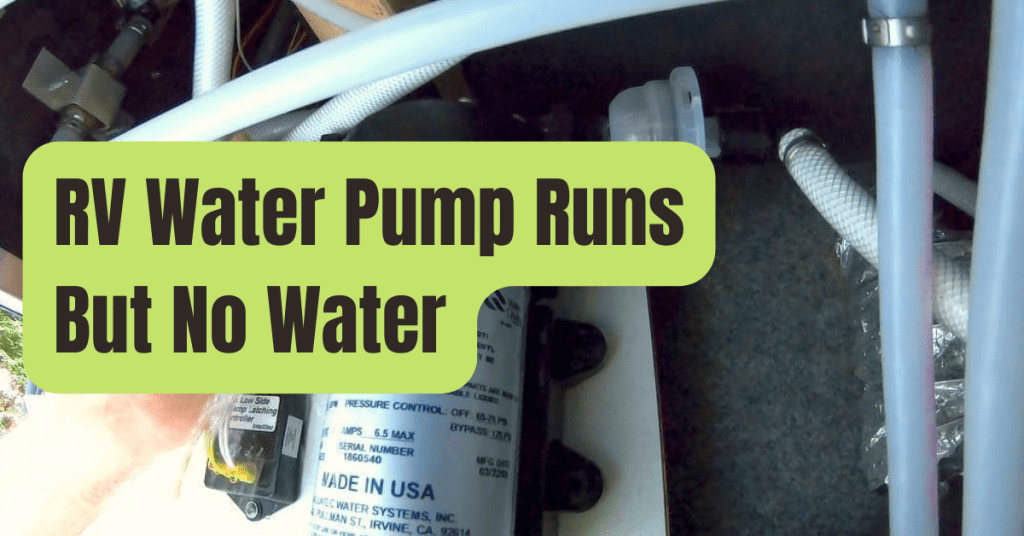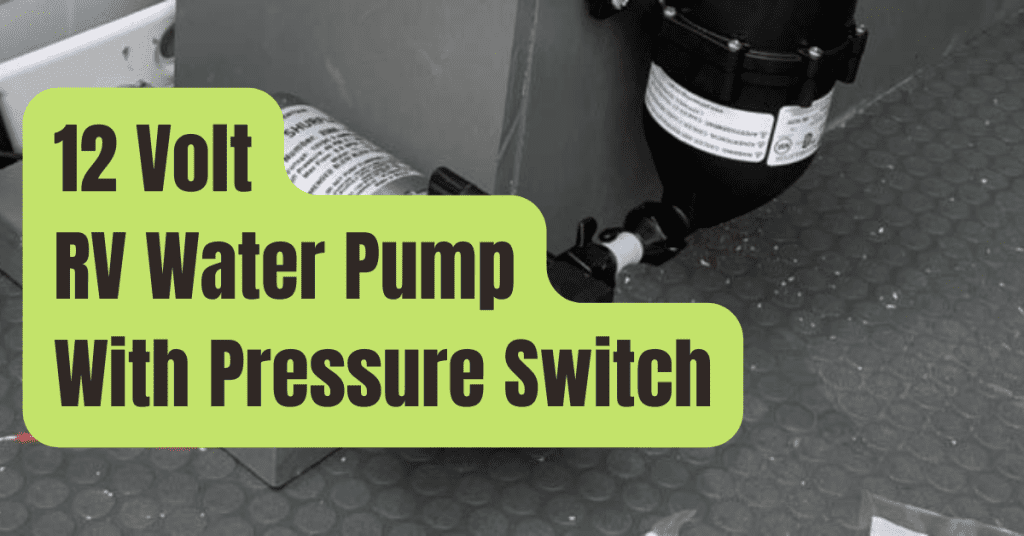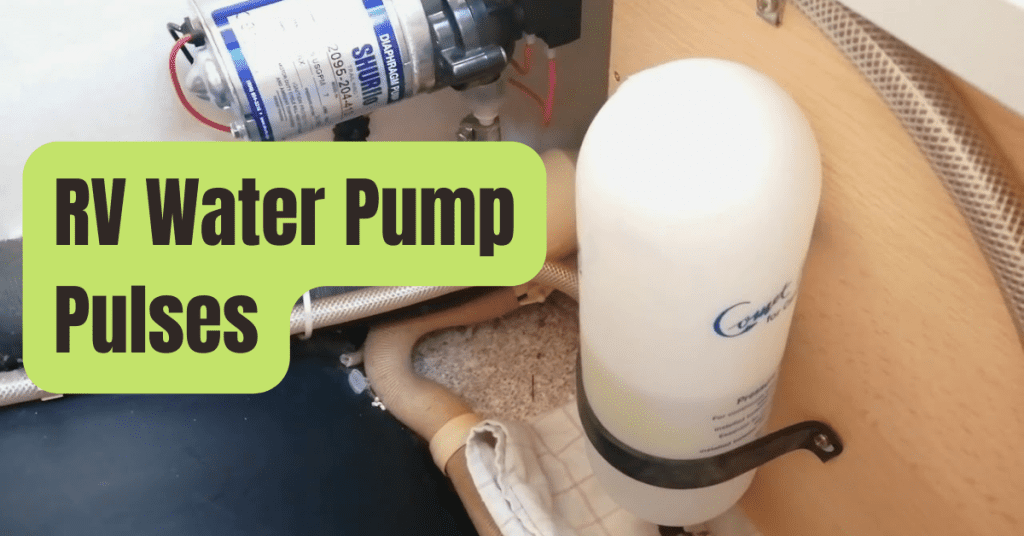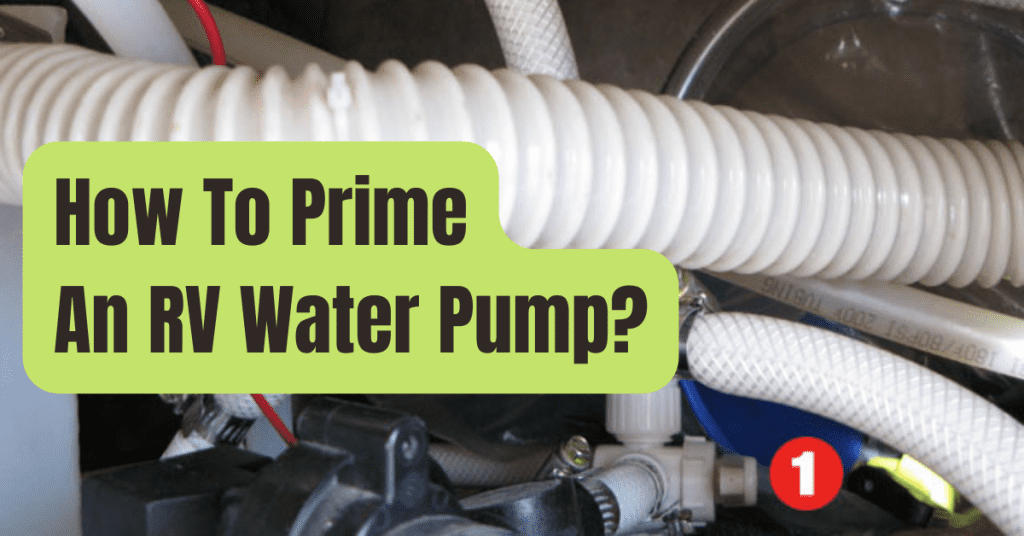RV travel is wonderful, but one aspect that may be challenging is filling the water tank.
Consider yourself traveling and in need of water for your RV.
However, there isn’t a hose to fill it.
How do you behave? So understanding how to fill an RV water tank without a hose will be crucial.
We all agree that one of the most difficult tasks RVers have to do is filling up a tank.
Without a hose, filling a tank may be difficult and time-consuming.
Without a hose, it is not always feasible to fill the tank in an RV.
Fortunately, there are several easy methods to simplify the procedure while you’re traveling, camping, or in an emergency.
This post will show you how to utilize numerous objects from your home to do it.
Basic Techniques for Filling an RV Water Tank Without a Hose

There are still methods to fill your RV reservoir if you find yourself in the unfortunate scenario of not having a fresh water hose.
A few items are required, but once you have them, you may access them.
Here are some simple techniques to fill your RV tank without a hose:
#1. Fill A Bucket Or Watering Can
The first method without a hose is to use a bucket or watering can to fill the fresh water tank on your RV.
It might take some time to fill a bigger tank with this approach, therefore it works best for smaller tanks.
This is how you do it:
- Fill a bucket or watering can with water by turning on the faucet.
- Bring the water to your RV and use a funnel to pour it into the tank there.
- Continue until the tank is full as required.
#2. Utilize A Pitcher Or Other Container

A pitcher or other container may also be used to fill a small campground’s water tank in lieu of a hose.
The water may be transported from the water source in a bigger container.
This is how you do it:
- Put a container below the water outlet’s faucet, then let water drip into the container.
- Bring the full container to your tank, then use the pitcher to pour water through a funnel. Continue until the tank is full as required.
#3. Freshwater Connections At Campgrounds
Check whether a campsite has fresh water connections before camping there, and request permission.
These connections are made specifically for you to utilize, and the water pressure is often sufficient to quickly fill your tank.
The most frequent practice is to fill the water tank while camping with tap water.
Access to the freshwater connections at a campsite should be possible if you are staying there.
This is how you do it:
- Until you hear a click, turn the pump valve counterclockwise.
- To remove any remaining water from the pipes, open a faucet on the water pipe.
- Once you see an increase in pipe pressure, turn the pump valve clockwise.
- Keep an eye on the backflow preventer since it can leak a little bit before it starts to release water.
- If this occurs, switch the pump valve on and off repeatedly until water starts to push out instead of air.
- Switch on your water pump to replenish your freshwater tank with drinkable water.
#4. Fill the Tank Using a Collapsible Jug

If you don’t have the proper kind of collapsible jug, using this approach could be more challenging.
But if you know what you’re searching for, it could be worth a try.
You must find a jug that has an intake hose and is designed to hold potable water.
It is simple to travel since this jug shape often has a broad aperture and may collapse into itself.
The simplest way among those described here is probably filling a tank using collapsible water jugs since it doesn’t call for any special tools and can be completed fast.
This is how you do it:
- Insert the intake hose of the foldable water jug into a fresh, drinkable water source that you use for drinking.
- Using the weight as a guide, fill the jug to the top.
- When the water jug is filled, pull it higher and away from the source of your drinking water to remove it.
- Bring it to your RV and fill the tank by funneling the water through the fill port. Continue until the tank is full as required.
- Use a collapsible jug to replenish a tank if you are filling it with tap water.
- The water won’t become tainted if you use an intake water hose.
- The amount of water that can be stored within the jug depends on its weight.
- Use upward force to remove the jug so that your drinking water source doesn’t get suctioned.
- Use a funnel to transfer the water from your jug into the tank of your RV.
- Continue until the tank is full as required.
#5. Fill the Tank Using Gravity Fill

You may also use gravity to fill your tank.
For this approach, jugs and other containers, such as those used for camping or carrying fuel, may be utilized as a supply of water.
This technique is simple to use and doesn’t call for any specialized tools.
This is how:
- Until the jug is filled, place it under the fill port.
- Carry the container to your RV after removing it.
- Put the container further away from the freshwater tank of your RV.
- Next, let the water flow into your tank by opening the fill port on your RV.
- When water starts to leak out of the fill port, shut it.
Continue until the tank is full.
Gravity may be used to fill an RV’s tank with tap water, and no special tools are needed.
There are a few considerations to make while filling the water tank of a recreational vehicle without a hose.
Considerations for Filling a Fresh-Water Tank
There are a few factors to take into account when adding tap water to your RV’s tank, such as:
1. Calculate the Required Amount of Water:
You must first determine how much water your RV needs before starting the filling procedure.
You mustn’t speed the procedure since it will influence your whole time.
2. Shut Off Every Faucet:
All faucets inside and outside of your RV should be turned off as soon as you start filling a storage tank.
To prevent emptying the freshwater system, this must be done.
3. Locate a Potable Water Source:
To replenish your tank, you must locate a source of drinkable water.
If you’re driving, look for roadside fountains or taps at petrol stations.
4. Begin the Process Using a Low Intensity:
Filling your tank with water should always begin at a low level.
And gradually add additional liquid to prevent overflow brought on by too much internal pressure.
To maintain it, you may require a water pressure regulator.
5. Fill the Tank Gradually:
It’s critical to take your time while filling up your tank since doing so might pollute the tap water.
Never forget to carefully fill the tank to prevent overflow.
6. Use the Correct Equipment.
To avoid mishaps and injuries when filling the RV water system, make sure everything is set up properly before you start.
Therefore, using separate equipment for this purpose is advised.
7. Add Fresh Water to the Tank:

There is a potential that your tank can be polluted when you replace the water system with fresh drinkable water.
Therefore, it is advised to utilize fresh water rather than recycled water for this purpose.
8. After Filling Is Finished, Turn Off The Faucets:
Make careful to shut off all faucets after you have done filling the tank to avoid contaminating your freshwater system.
9. Frequently Clean the Water System:
Make careful to clean the water system often to prevent this problem since frequent refilling might cause a buildup of dangerous substances inside of it.
You can go rapidly through the procedure now that you are aware of the important factors to take into account while filling an RV’s freshwater tank.
So that’s all you need to think about before filling a tank with tap water.
It is impossible to exaggerate the value of water in our everyday life.
Drinking fresh water is always advised, but where are the water sources or supplies in your RV?
Let’s discuss the freshwater sources for RVs.
Sources of Freshwater for Your RV
For your RV, there are a variety of freshwater sources, including:
#1. Municipal Water System
The local water system is the easiest way to get fresh water for your RV.
Simply connect your RV to the nearby water supply and open the faucet to get started.
#2. Water Supplies for Campsites
You can fill up the water tank on your RV at a lot of campsites.
If you’re traveling and don’t want to worry with looking for a town with a functional water connection, this is a great choice.
#3. Tank of Portable Fresh Water

You may always utilize a portable tank to fill the tank in your RV if there isn’t any municipal water or campsite water accessible.
A nice backup option is to fill up these tanks at a gas station.
#4. RV Dumping Site
If you know where to look, you may easily discover one of the many RV dump stations that are accessible.
Because you won’t have to spend time replenishing your tank, this is the simplest approach to do it.
#5. Interstate Travel Centers
You only need to stop and utilize their freshwater supply if you encounter one of them while driving since they are so ubiquitous on roads.
#6. Federal Forests
Throughout the nation, there are several national forests.
Please stop to replenish the freshwater tank if you notice one nearby.
#7. Public Sink
If no other choices are available, you may always locate a public faucet to fill your tank from.
Although it won’t be as simple as filling up from the town or campsite water supply, this is a possibility to keep in mind in an emergency.
That concludes our discussion on freshwater sources for your RV.
FAQs
People are curious to learn more about the following commonly asked questions:
How Do I Fill My RV Tank With Water?
The hose must first be connected to the nearby municipal water supply before your RV.
The faucet should now be turned on and connected to your tank.
Open the other end of the hose slowly until water begins to flow into your tank from the municipal water line.
Can I Fill My RV Water Tank With a Garden Hose?
Garden hoses shouldn’t be used for this reason since they may be too lengthy and won’t fit inside your tank.
In order to get fresh water, you’ll need to travel till you get to a town or campsite since it isn’t heavy enough to transport the water from one spot to another.
Is It Possible to Fill Up an RV at a Gas Station?
Yes, petrol stations have a decent freshwater line, so you may refill your tank there.
The only issue is that there won’t be somewhere to park your car at the RV water pump if your RV’s tank is full and you want to fill it up again.
Using gravity, how do you fill an RV’s fresh water tank?
The water pump must be lower than where you park your RV.
The freshwater fill valve on top of your RV should then be connected to a pipe coming from the city’s water supply.
Open the faucet carefully after turning it on so that gravity may fill your tank with freshwater.
Fresh Water Tank Filling While Camping
It’s quite easy to carry out.
A hose long enough to reach the campsite water system is required.
Once you’ve located it, attach your hose to it, then turn on the faucet so that freshwater will begin to flow into your holding tank.
How Should I Operate a Public Faucet?
You must first lower your hose to the public faucet.
Once freshwater begins to emerge from the other end of the hose, attach it to it and turn on the spigot.
Once water begins to flow into your freshwater tank, carefully open up that end.
Is It Okay To Fill Up My RV’s Fresh Water Tank With City Water?
Because RV water tanks are designed to hold treated municipal water, the answer is absolutely yes.
Therefore, there won’t be any issues if you fill your tank with water from the town or campsite supply.
Final Words
RVing is a great way to discover a new location.
If you want to enjoy your vacations, it’s a good idea to get one of these cars.
Refilling your water tank when camping or touring in an RV has been overlooked so far.
Even though carrying a hose to replenish the water tank can be difficult, you can still complete the chore after reading our article on how to fill an RV’s water tank without one.
So continue traveling in an RV and live it up to the maximum.

